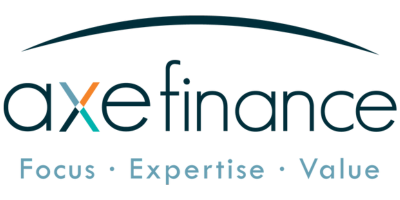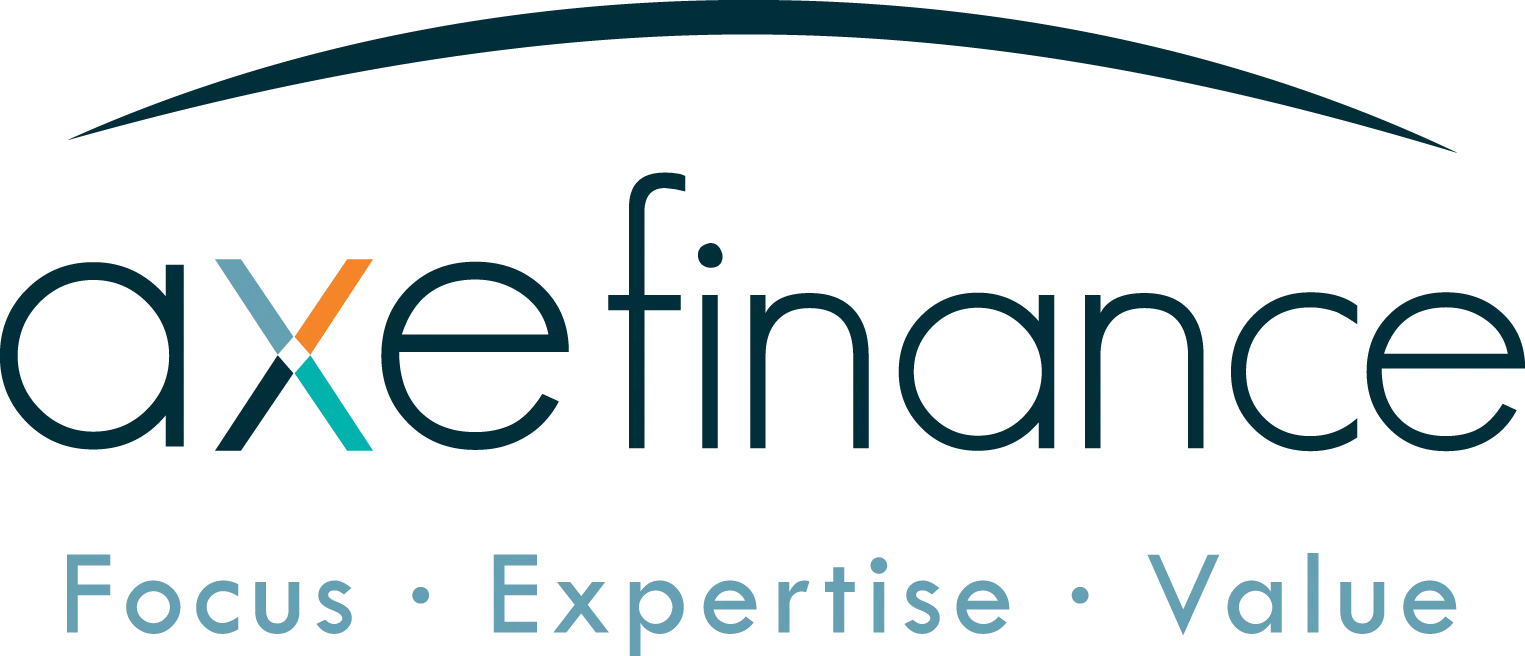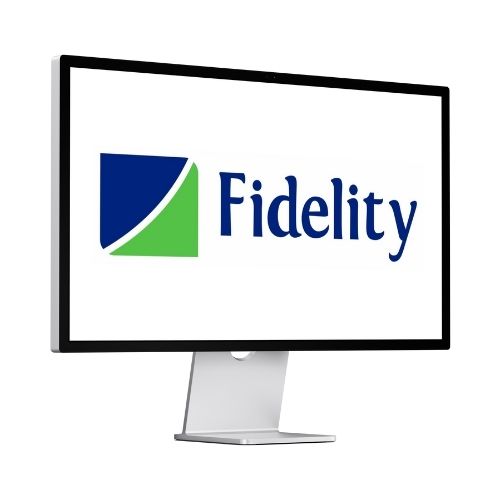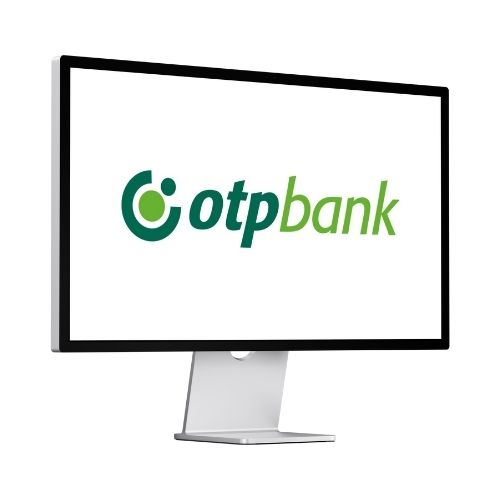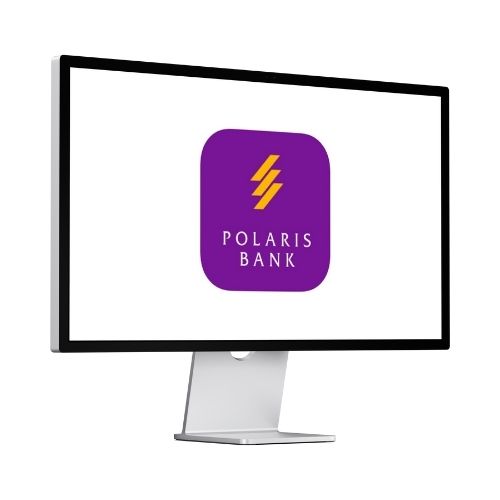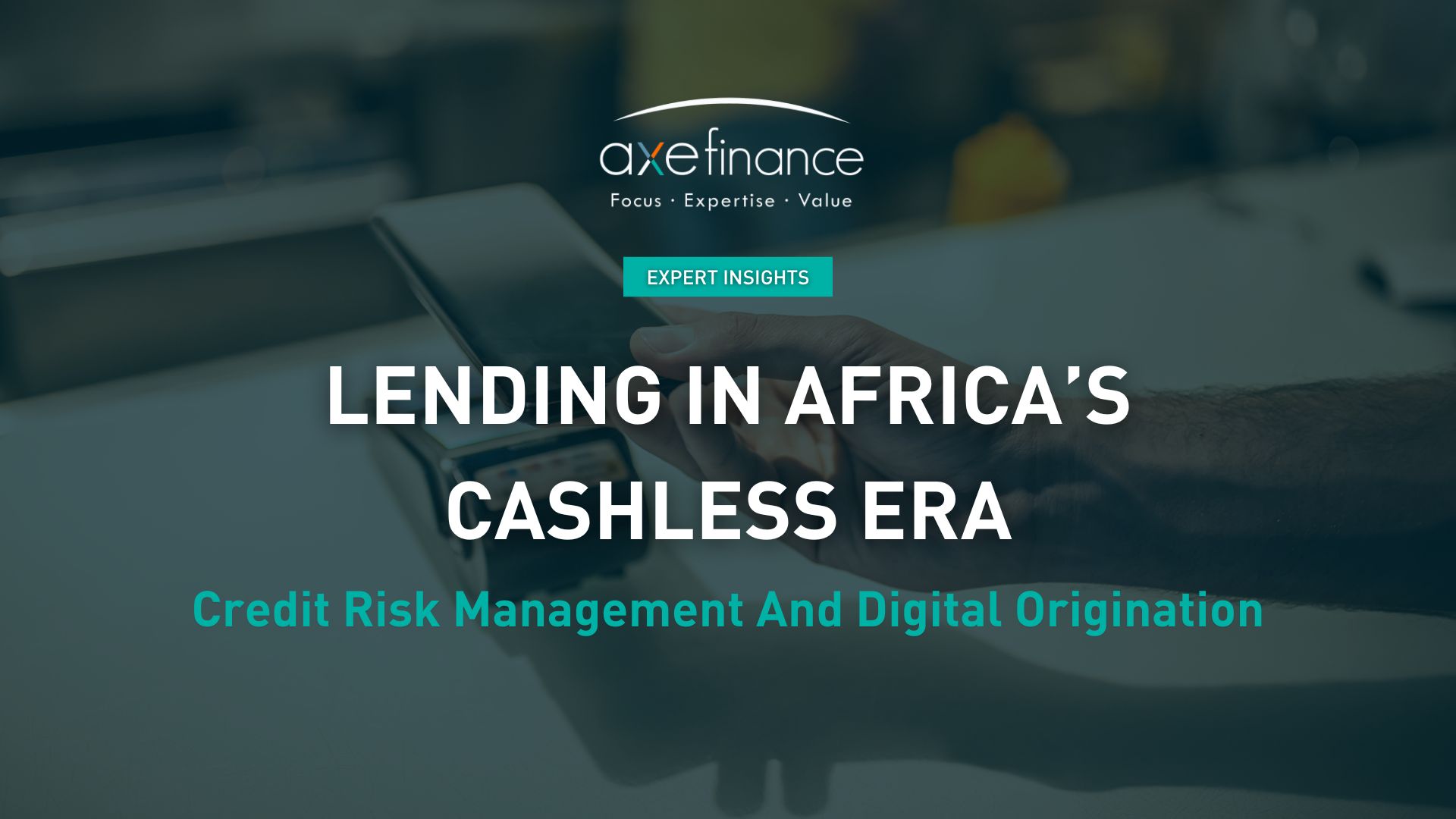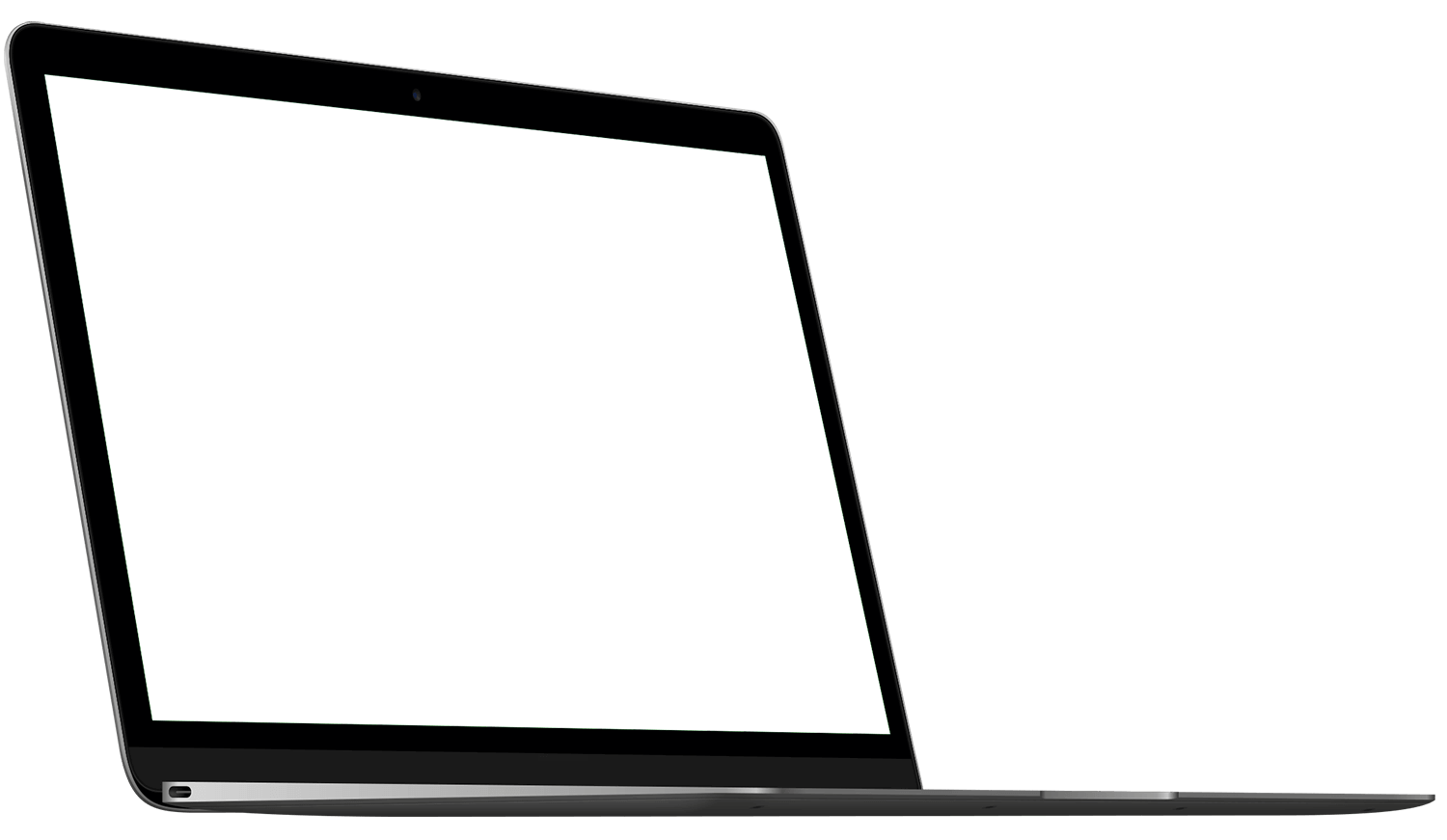Why Cashless Matters For Credit
Modern rails—real-time transfers, interoperable QR, and mobile wallets—don’t just move money; they generate behavioural exhaust that improves underwriting and early-warning models. Africa is now the global leader in mobile money transactions, with the GSMA reporting over $1.3 trillion processed in 2023.
- East Africa: Kenya’s M-Pesa ecosystem processes transactions equivalent to more than 50% of national GDP, with mobile wallets extending into savings and credit.
- West Africa: Nigeria’s cashless policy drove over 9.6 billion e-payment transactions in 2024 (+45% YoY), supported by instant payment networks like NIBSS.
- Southern Africa: South Africa leads in card-to-wallet and instant EFT adoption, with the Payments Council reporting a surge in contactless and QR payments.
- Continental view: The World Bank’s Global Findex 2025 highlights that 55% of African adults made or received digital payments, up from just 23% in 2014.
Selected Adoption Signals
- Kenya: mobile money transactions surpassed 6.3 trillion KES in 2024, equivalent to 50% of GDP.
- Nigeria: NIBSS Instant Payment processed over 9.6 billion transactions in 2024.
- Ghana: mobile money account ownership now covers 84% of adults.
- Regional NPL context: Sub-Saharan Africa’s average NPL ratio stood at ~6% in 2024, higher than Asia’s 2.7%, signalling greater credit volatility.
Credit Risk Management
Portfolio Health In Focus
- Kenya: household debt remains manageable, but credit uptake via mobile lending apps is rising rapidly; CBK’s 2024 report highlights concerns over repeat borrowing.
- Nigeria: NPL ratios averaged 4.5% in 2024, with fintech lenders showing higher delinquency in BNPL and digital microcredit portfolios.
- South Africa: household debt-to-GDP stands at ~40%, with unsecured lending pressure points flagged by the SARB.
- Regional lens: Sub-Saharan Africa’s NPL ratio averages 6%, but dispersion is high—less than 3% in Rwanda, above 12% in Angola.
Underwriting In A Cashless Economy: What To Actually Change
- Expand data coverage: incorporate mobile wallet data, airtime usage, utility payments, and platform sales alongside bureau data. For example, Ghana’s fintechs use telco data to underwrite first-time borrowers.
- Real-time affordability: adopt rolling income volatility checks for informal workers whose cash-flows vary weekly (e.g., boda-boda drivers in East Africa).
- Channel-aware limits: distinguish between wallet-funded by cash vs bank vs card in Nigeria’s mobile ecosystem.
- Consumer vigilance: monitor instalment stacking across BNPL providers in South Africa, where unsecured debt levels are higher.
- Collections that learn: leverage behavioural nudges through SMS/USSD for rural borrowers, scaling to call-centre escalation where signals show stress.
- Fraud And Operational Risk On Instant Rails
Faster rails compress the window to detect scams and mule accounts. Nigeria’s CBN in 2023 capped daily mobile money transfers to manage fraud risks, while Kenya introduced stricter SIM registration requirements to curb account takeovers.
- Apply device risk and behavioural biometrics at origination and disbursement.
- Step-up verification for first-time beneficiaries, especially for cross-border remittances.
- Adopt consortium fraud databases, e.g., the African Fintech Fraud Consortium.
Lending Transformation
From Payments Exhaust To Credit Insight
- Thin-file scoring: telco data, airtime purchase behaviour, and wallet usage are critical in East Africa.
- SME working capital: in Nigeria and Côte d’Ivoire, merchant turnover data is already used for overdraft facilities.
- Embedded credit: ride-hailing platforms and B2B marketplaces in Kenya and South Africa embed credit at transaction points.
Cross-Border Instant Payments And Remittances
Why Lenders Should Care
Cross-border remittances are Africa’s lifeblood: the continent received $54 billion in remittances in 2023. Faster corridors, like the Pan-African Payment and Settlement System (PAPSS), are cutting costs and delays.
What To Add To Your Credit Playbook
- Cross-border affordability: model borrower income from remittance inflows, critical in countries like Nigeria and Egypt.
- FX and settlement risk: stress-test for volatility in naira, cedi, and shilling-linked receivables.
- Fraud vectors: treat first-time cross-border pay-outs as higher risk until corridor data matures under PAPSS.
Quick Checklist For Risk Leaders
- Data: secure telco, wallet, and acquirer feeds with consented governance.
- Policy: set credit caps aligned with real-time cash-flow; limit BNPL stacking.
- Fraud: strengthen SIM registration checks; monitor mule account patterns.
- Ops: move to same-day collections outreach; enable USSD fallback in rural areas.
- Compliance: align with CBN, CBK, and SARB frameworks for digital lending and consumer protection.
Conclusion
The cashless shift in Africa is ultimately a credit story: more data to price risk, faster rails to fund and collect, and tighter controls to keep fraud and delinquency in check. The headline tension won’t disappear—inclusion vs over-indebtedness, speed vs exposure—but lenders that re-platform underwriting and portfolio management for an instant, data-rich world will grow safely while widening access. Pair disciplined governance with pragmatic experimentation—challenger scorecards, cross-border risk buffers, real-time affordability—and you’ll navigate Africa’s cash-light decade with fewer surprises and better unit economics.
